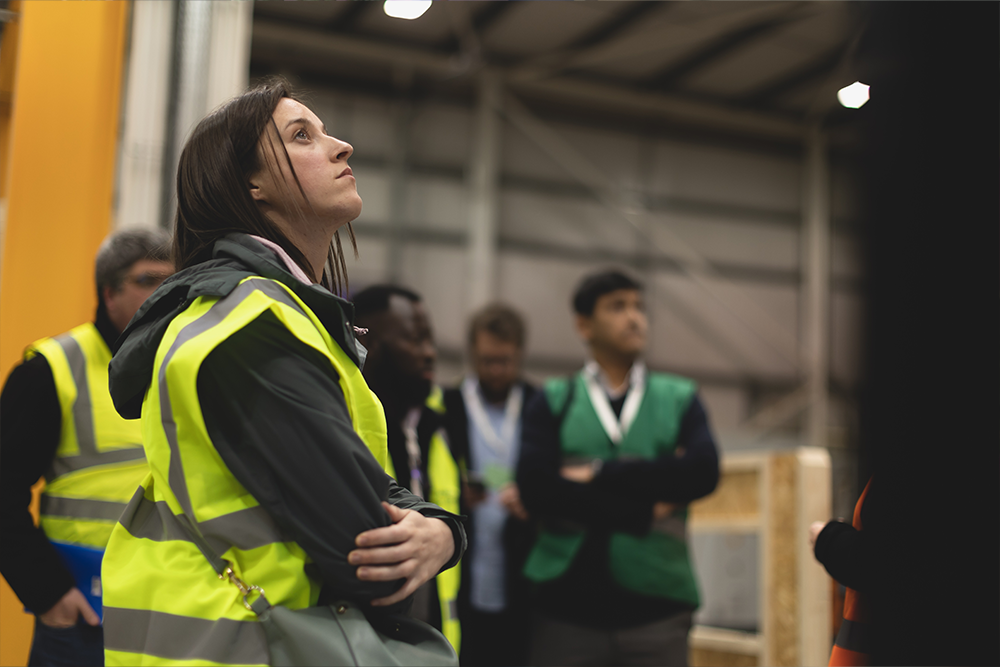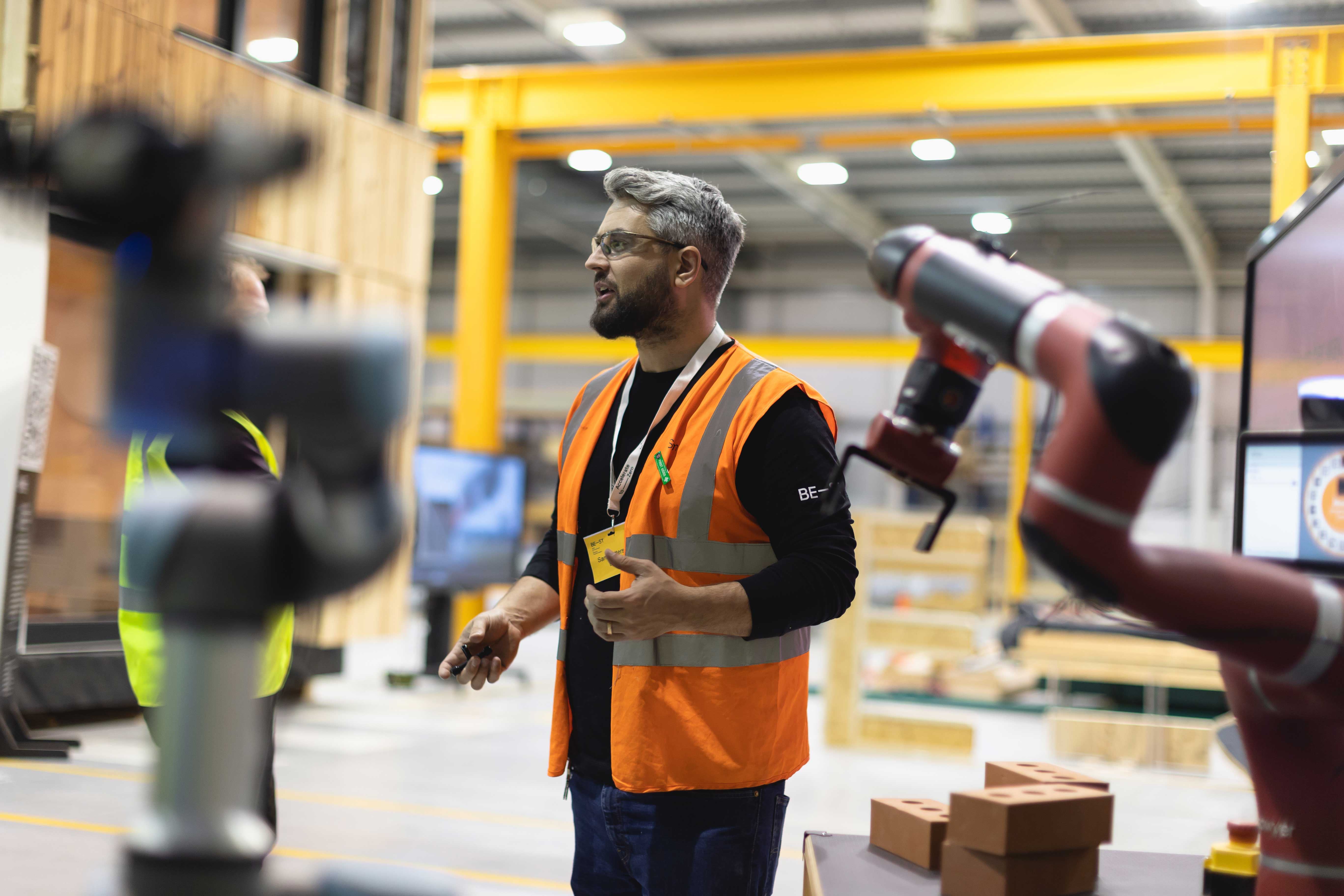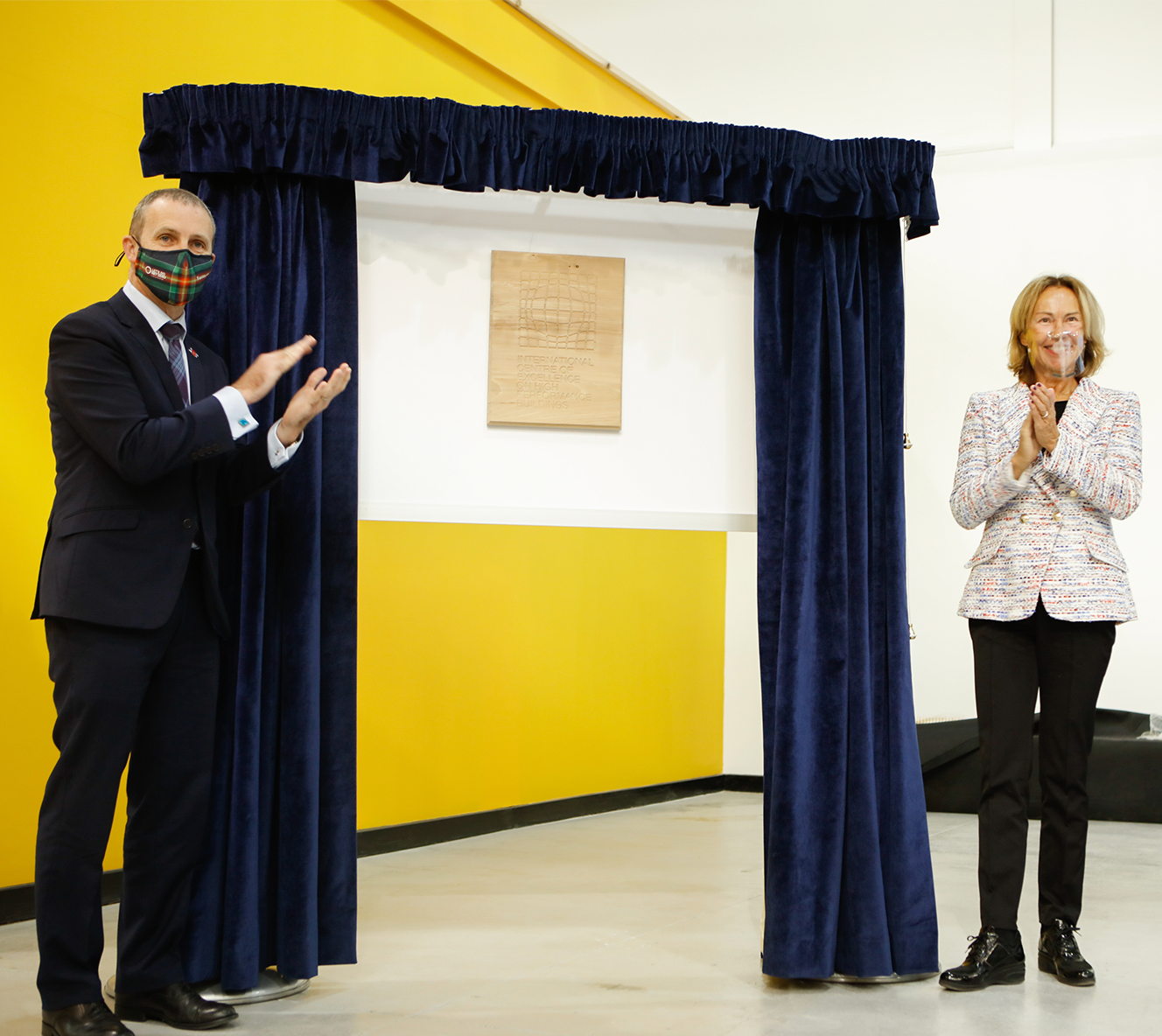Content
More Insulation, but less Embodied Carbon: finding the balance | Lessons from the Accelerate to Zero Podcast
To reduce Operational Carbon, we need to reduce heat loss and increase our building fabric performance, but we can’t continue to source materials at the expense of our environment. Explore key issues like this and more in this season of the Accelerate to Zero podcast focusing on sustainable insulation.

Innovative and eye-catching construction materials may impress online, but often these are passed up on when it comes to the drawing board for a detailed design. Even for people in industry who support the idea of using less conventional sustainable materials, their hands may be tied when it comes to getting them on site and inside buildings.
In a sector with evolving building standards, spiralling material costs, tight margins and severe consequences in fire and technical performance, the idea of pushing the boat out on some of these unproven or less common materials is a risk. That’s why greater knowledge and understanding of these circular materials is essential, which is also why this series of the Accelerate to Zero podcast is a must-listen. Episodes explore different material manufacturers, their materials, performance and limitations.
But what we found is that recycled content is increasing, companies are responding to the market and natural and circular materials are coming into focus.
You can learn about some of the materials that we have been working with and helping to develop. There are numerous sustainable and circular materials actually out there available to use in projects right now – and they work and work well when applied in the right context, but each material has its own considerations.
Ep 301 – Getting started on the journey
Ankita Dwivedi, Founder and CEO of Firstplanit has created a digital platform that simplifies complex information about building materials and products, making it easy to understand and use for both technical and non-technical users.
Key findings about materials:
- Different insulation materials and products within the same category (wood fibre or mineral wool for example) can vary significantly in terms of their environmental impact, depending on which manufacture you choose.
- Environmental Product Declaration (EPD) is a crucial tool for assessing the environmental impact of materials and products. EPDs provide standardised information like embodied carbon, energy, and toxicity. EPDs are 3rd party verified and need to be updated every two years.
- Embodied carbon is a significant concern due to the expected increase in demand for these materials in the coming years to meet the retrofit challenge and they will be harder to reduce when compared to operational carbon because of the size of the international supply chains.
Wider key learnings:
- Platforms in this space like Firstplanit are designed to be user-friendly, making them accessible to a broader audience, including homeowners and non-technical decision-makers. Lessons are being drawn from food labelling that have help a consumer make choices more aligned to their values.
- Standardising definitions related to sustainability, such as rapidly renewable, biodegradable, or low carbon, is essential for building trust in the data and preventing greenwashing in the industry but we still have a lot of work to do to achieve multilateral agreements on definitions and reporting
- There are challenges in specifying sustainable materials and working with contractors who may not be familiar with certain products. Therefore, people interested in a certain material should contact manufacturers directly to learn more about the materials and make informed decisions based on their project's specific needs and motivations.
Ep 302 – Sisal & wool
John Ferguson, Founder & CEO, Sisaltech, a company that blends recycled sheep's wool with sisal fibre to create a sustainable insulation product.
Key findings about materials:
- Sourcing raw materials from circular and pre-consumer sources has its challenges, but these are materials that are being given another life and are avoiding landfill or incineration.
- As they are natural fibres, wool and sisal are both safe to work with from an installer perspective, good enough to sleep on, but PPE is still recommended when working in a confined spaces or in a construction site.
- Challenges to manufacturing include ensuring a consistent supply of recycled raw materials, managing variations in material appearance and quality, and adapting to changes in the availability of waste materials from different industries. Specifiers should not be concerned with a change of appearance with non-visual circular materials, it's part of their charm.
Wider key learnings:
- Emerging companies like Sisaltech have the ability to adapt quickly to changing material sources and collaborate with various sectors, such as the clothing industry, to repurpose waste materials for insulation, reducing landfill waste and carbon footprints.
- The significance of creating insulation products that are both sustainable and safe to work with is often overlooked by specifiers who are not the installer or the homeowner
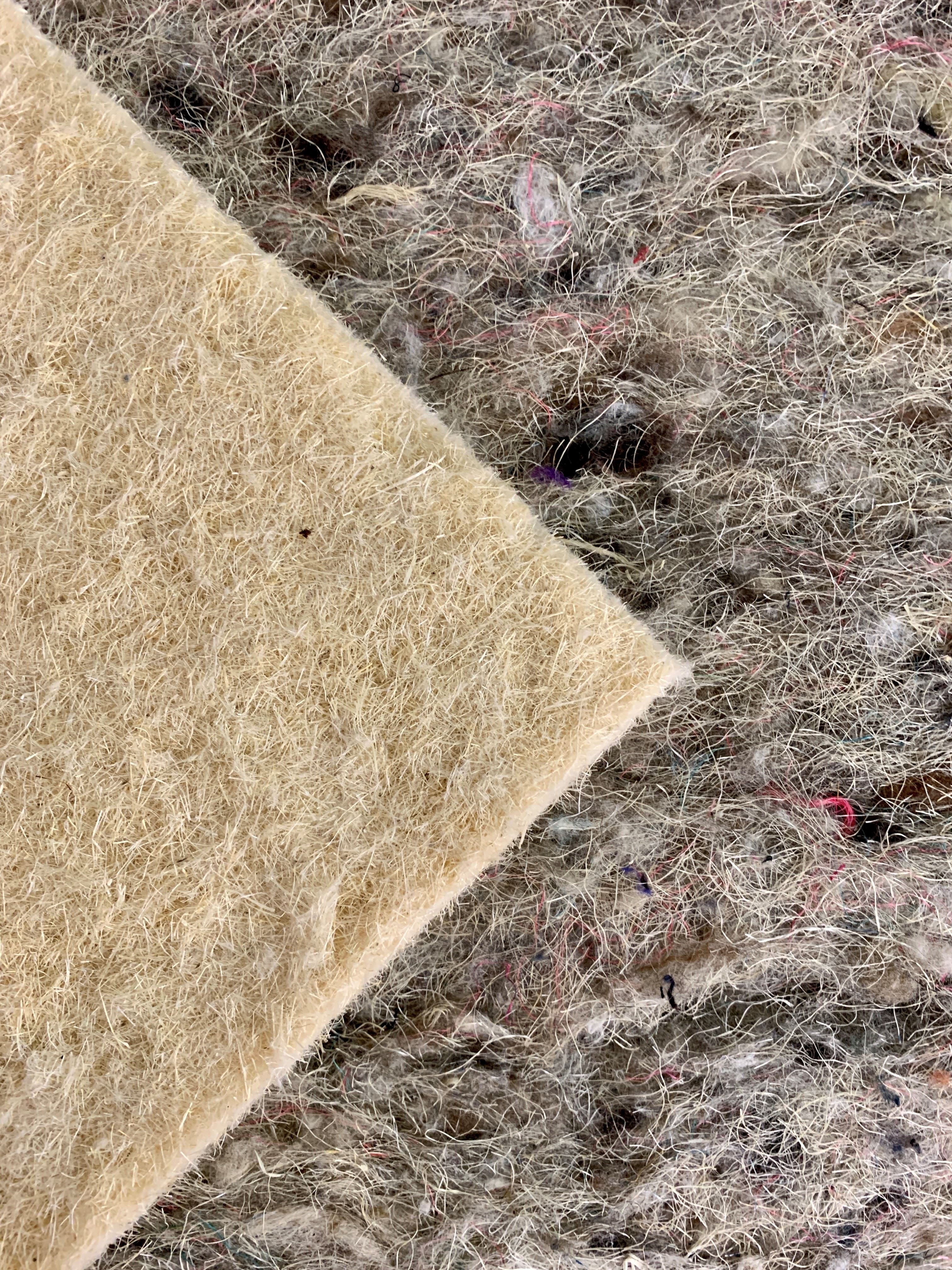
Ep 303 – Hemp
Sam Baumber, Chief Operations Officer and co-founder of IndiNature, an Edinburgh-based firm that creates products using the natural fibre hemp.
Key findings about materials:
- Industrial hemp has the ability to sequester significant amounts of carbon dioxide from the atmosphere. Depending on location, it can sequester between 8 to 20 tonnes of carbon per hectare annually.
- Natural fibre insulation materials like industrial hemp may have Euro class E fire ratings. While not the highest rating, they burn slowly and without toxic smoke, making them suitable for many building applications.
- Using natural fibre materials can improve indoor air quality by minimising off-gassing of harmful VOCs (Volatile Organic Compounds) in buildings.
Wider key learnings:
- Training installers and educating architects and builders about the benefits and applications of natural materials is crucial to their adoption in the construction industry – Indinature are doing this directly themselves.
- Building regulations are evolving to encourage the use of sustainable and low-carbon materials in construction. However, materials need to be seen as a building system and tested to understand how they perform in different climates and circumstances.
- Finding new solutions with tried and tested crops is one way that the construction industry can increase carbon sequestration while supporting regenerative farming practices.
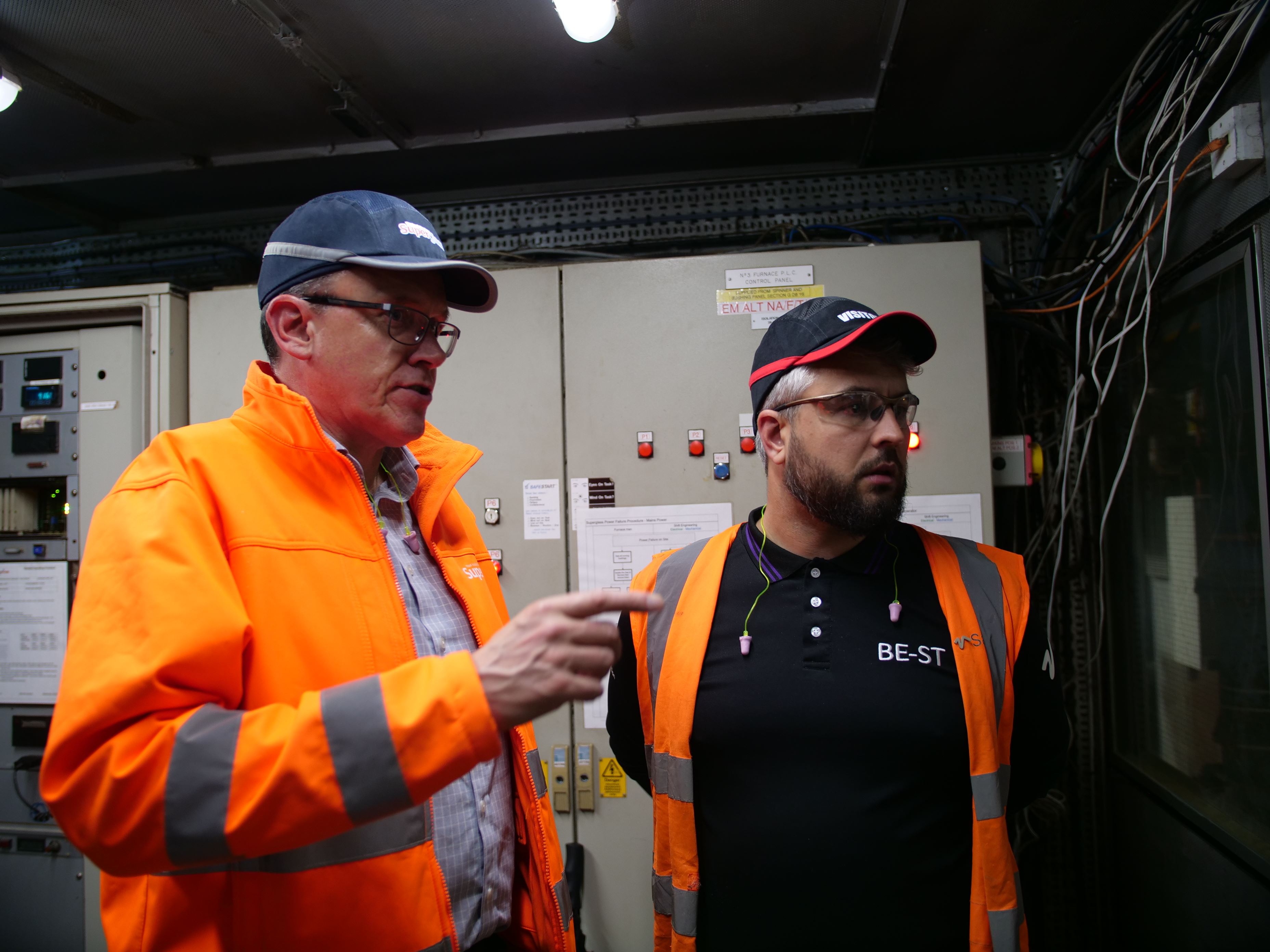
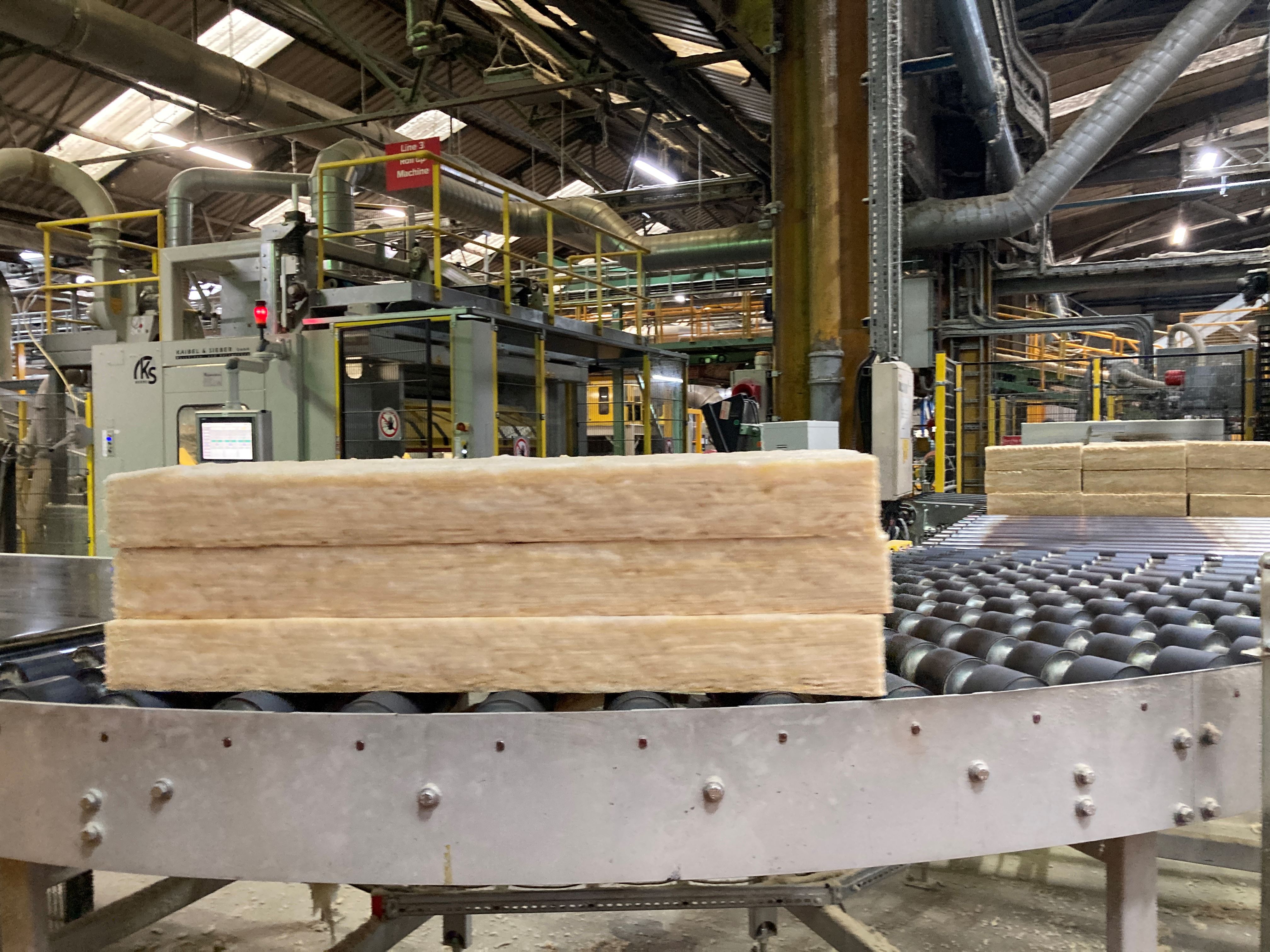
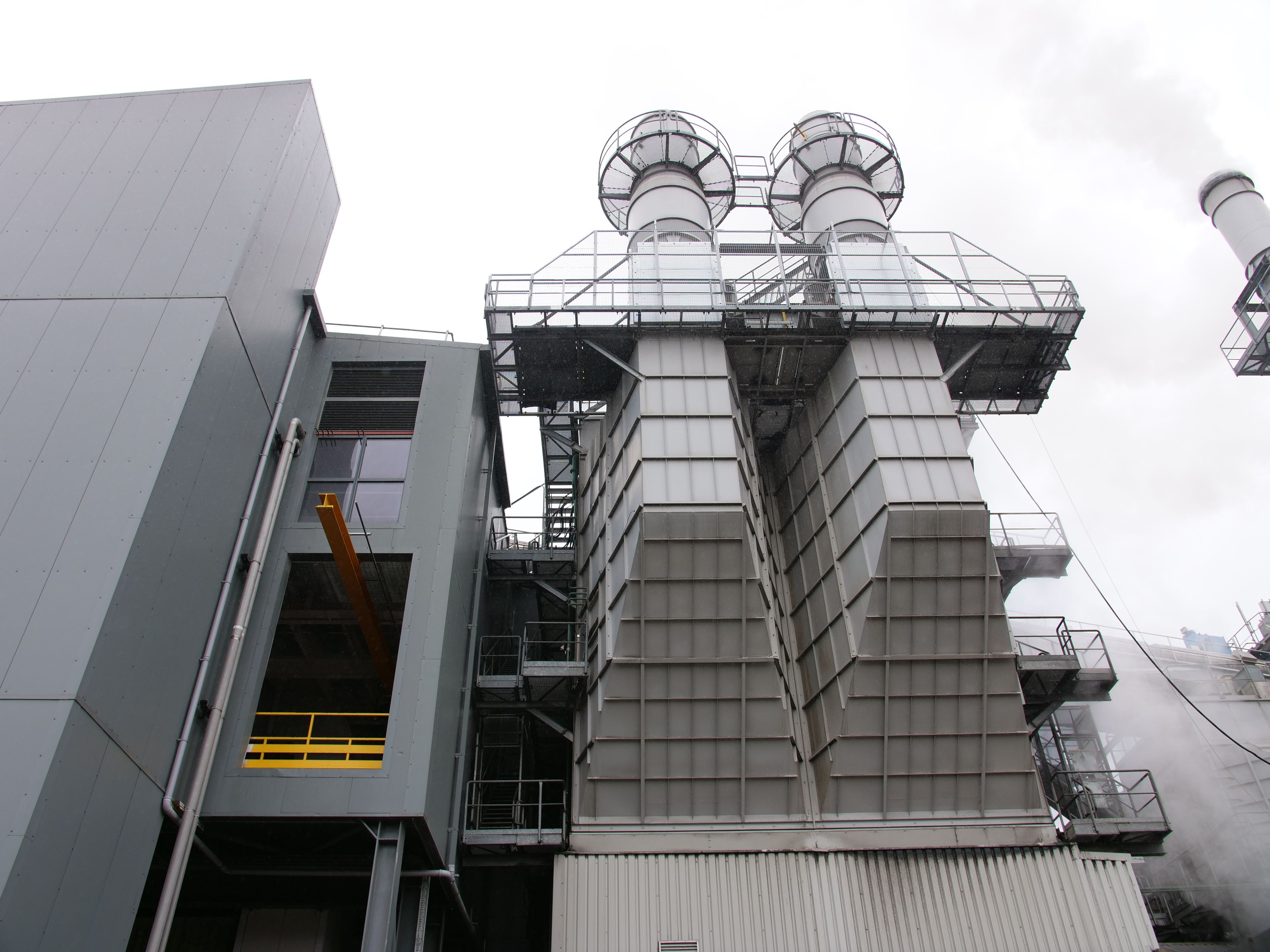
Ep 304 – Recycled glass
Tony Gordon, Head of Product Management for Superglass, a company based in Stirling, Scotland, has been in operation for several decades. They specialise in manufacturing glass mineral wool insulation products.
Key findings about materials:
- Superglass is one of the most popular insulation kinds in the UK. It is 84% recycled and saves 200x the energy it uses to make it.
- Molten glass is processed through a spinning disk with thousands of holes, creating elongated fibres through the extrusion process. The fibres are then treated with a resin (or not, depending on the product) and cured to provide strength.
- Superglass offers various insulation products, including rolls, batts, and loose-fill insulation and is one of the most widely used insulation materials
Wider key learnings:
- Superglass faced challenges in the retrofit market due to the cyclic nature of demand, particularly during colder months and pivoted to new build as a way to manage their continuous production
- The retrofit market's potential is vast, with millions of homes needing energy efficiency upgrades. To meet government targets, clarity, consistency, and long-term commitment are required to drive retrofit initiatives.
- There is commercial opportunity in existing manufacturers making the transition to implementing recycled materials into their supply chain or manufacturing process.
Ep 305 – Mycelium
Dr Ehab Sayed, Founder of BIOHM focuses on the power of mycelium - the vegetative filament root structure of mushrooms.
Key findings about materials:
- Mycelium is typically found in forest soil but can also be grown in a lab environment. Researchers are evolving mycelium strains to achieve specific performance properties from samples that were initially foraged from nature.
- Mycelium insulation panels aim to compete with premium products in terms of performance while maintaining affordability. Mycelium has shown promise in terms of fire resistance, making it suitable for more construction applications.
- Some mycelium strains have been developed to consume plastics, such as polystyrene and polyethylene and could be another way to build buildings from our waste streams, harnessing biological processes.
Wider key learnings:
- Interdisciplinary approaches in material innovation for construction. Ehab's background in design engineering, integrated product design, and biomimicry showcases how combining knowledge from various fields can lead to groundbreaking solutions.
- Although very early stage, there could be a growing role of biotechnology in construction materials. Natural materials, such as mycelium, can be harnessed and engineered to create sustainable and regenerative building materials.
- There are challenges faced by innovative materials in meeting industry standards and building regulations that have been developed over decades to meet the needs of petrochemical based products. Traditional standards and accreditation processes often pose barriers to entry for novel construction materials and technologies making it harder to get innovative products to market.
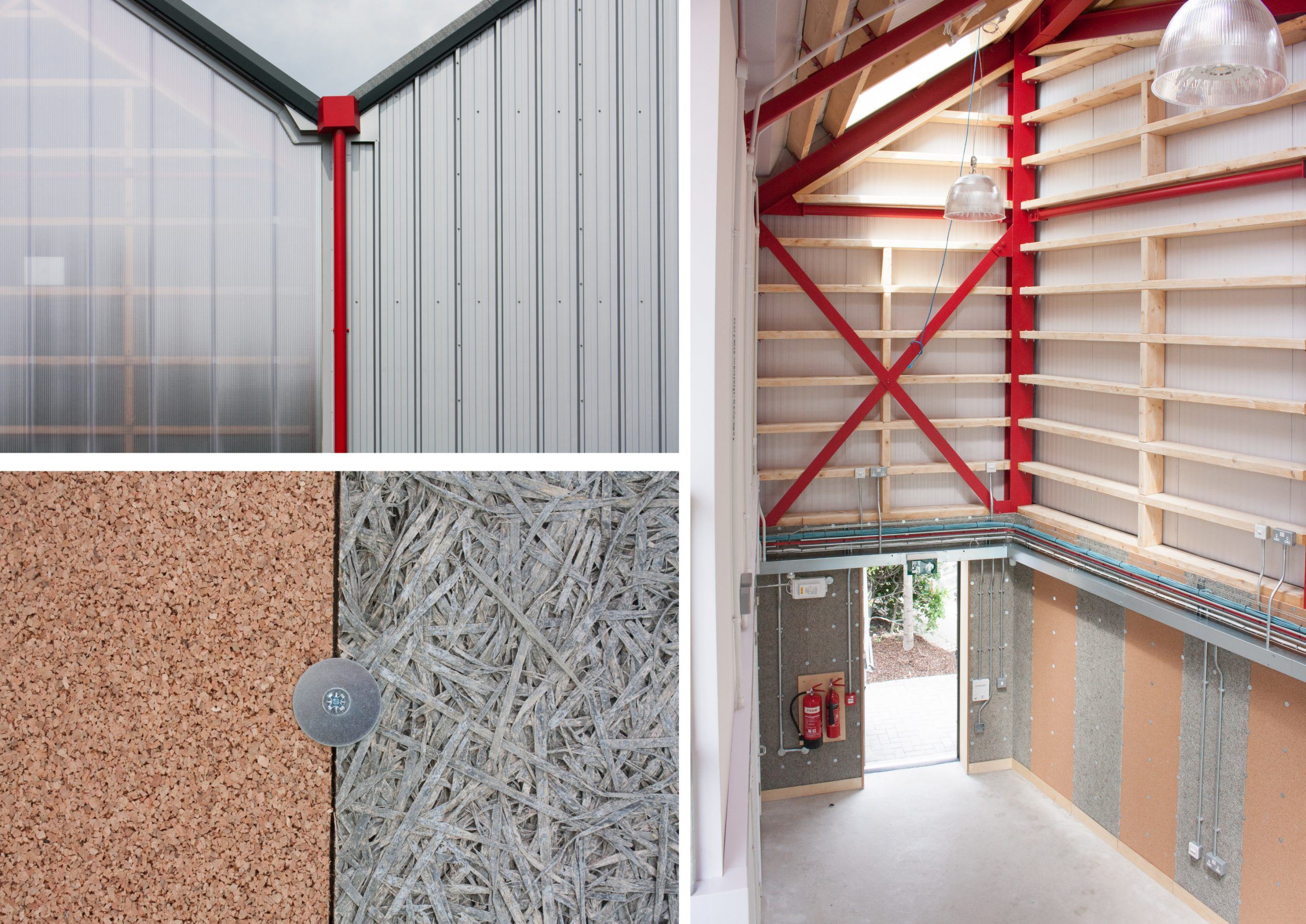
Ep 306 – Woodfibre, circular textiles, cellulose. and the European Market
Laurent Verheyden, Managing Director of Soprema UK, who are a global company manufacturing a large variety of products, including circular textiles, wood fibre and cellulose alongside more traditional insulation types.
Key findings about materials:
- Natural fibre insulation materials, like wood fibre, cellulose, and textile-based insulations, are versatile, effective in reducing overheating problems, and moisture-controlling, which is increasingly important.
- When using circular materials, it's crucial to think about the entire system, not just individual products. This includes considering vapour control layers, renderings, fixings, and ensuring that all components work together.
- The UK faces specific challenges in retrofitting certain property types such as solid walls which lend themselves to breathable insulation's that allow water vapour to disperse through the building fabric.
Wider key learnings:
- The construction industry is gradually shifting toward circular materials and practices, but these are often produced outside of the UK with additional transport or bureaucratic challenges. Circular and Sustainable materials offer a chance to manufacture products for regional or national markets rather than for international export.
- Innovation in construction materials is often demand-driven, but large manufactures are also in a position to stimulate a market by bringing new materials to the market and increasing availability of more sustainable products to the market.
- The industry is grappling with the challenge of measuring embodied carbon accurately. While Environmental Product Declarations (EPDs) exist, they can be lengthy and complex documents for consumers to understand. To truly drive change, there is a need for simplified labels or scoring systems that make it easier for consumers to assess the environmental impact of construction materials.
-
Ep 301: Ankita Dwivedi, Founder & CEO, Firstplanit
-
Ep 302 John Ferguson, Sisaltech
-
Ep 303 Sam Baumber, IndiNature
-
Ep 304 Tony Gordon, Superglass

